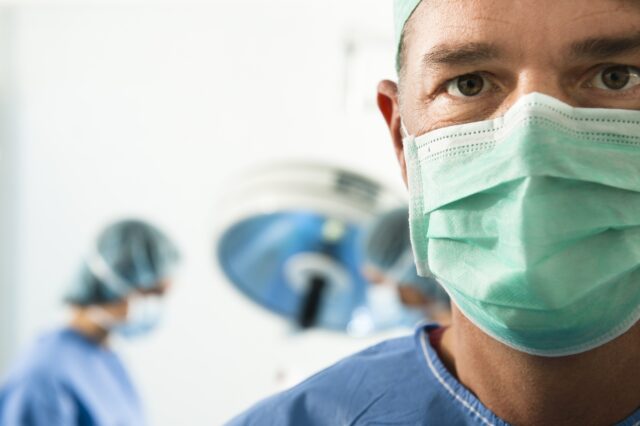UF Health’s first fully robotic Whipple procedure provides hope
April 18, 2019
Maureen Stowell and her husband, Richard, reside in the quiet Florida town of Ormond Beach, where she enjoys spending time with her sons and grandchildren. If…
Update your location to show providers, locations, and services closest to you.
The Minimally Invasive and Robotic Surgery Program at UF Health Jacksonville provides patients advantages not found anywhere else in Northeast Florida and Southeast Georgia. Through tiny incisions, University of Florida surgeons are the only ones to perform many complex operations with incredible precision using the latest technologies in cryotherapy, natural orifice and laparoscopic procedures, as well as robot-assisted surgery with the da Vinci S.
The innovative techniques we use have many advantages over traditional surgery:
April 18, 2019
Maureen Stowell and her husband, Richard, reside in the quiet Florida town of Ormond Beach, where she enjoys spending time with her sons and grandchildren. If…
Patients being treated at the UF Health Cancer Center for esophageal and pancreatic cancer receive coordinated, compassionate care from specialists in…
